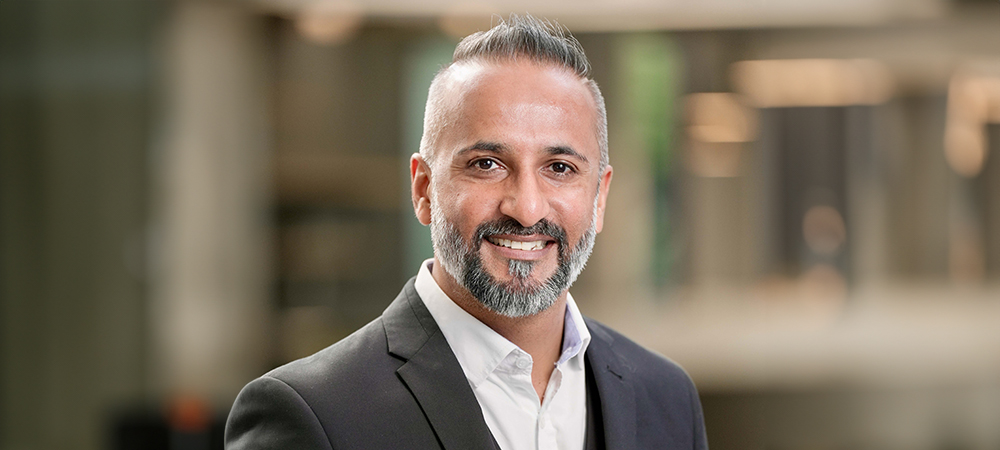African leaders would do well to approach change with an open mind, and rather than deny or attempt to escape resistance, leaders can use awareness to propel the organisation forward says Pravesh Parbhoo at Altron Karabina.
The world is going through unprecedented change as new technologies change the very fabric of our world. This means change management is as important today as it has ever been and an important aspect here is a willingness to accept being vulnerable and a commitment to sticking to the course, which will be characterised by fear and resistance.
Think about it, few people wake up every day seeking out disruption, it is human nature to gravitate toward a state of calm and avoid situations that make us uncomfortable. This happens even when much effort is put into addressing people’s doubts and highlighting the positive outcomes or opportunities that the change can bring. And as such, resistance to change is as inevitable as change itself.
However, change for the better is simply impossible without facing discomfort. One cannot transition directly from a place of resistance and fear to one of enthusiasm in a single step. That would be no different to tossing together many ingredients in a bowl, placing it in the oven and expecting a cake at the end, without having conducted all the steps in between – you will not get the result you were looking for.
We simply must traverse the discomfort to reach our destination as there is no way to bury our heads in the sand and teleport to the desired destination.
Many projects fail because businesses underestimate the impact of the inevitable resistance that comes with change. Rather than being pessimistic, this is actually a positive, as it appreciates the major role that resistance itself plays in fuelling innovation. It is being able to recognise that this resistance and fear is actually an invitation into a place of opportunity.
On the other hand, businesses that expect and prepare for it understand that the resistance itself is the fuel of innovation. By driving a culture that encourages vulnerability, change agents can build a constant awareness within an organisation of built-in resistance.
It is the difference between having someone walk into a room believing they know all the answers – that they are instant experts – and someone who has the confidence to admit that they do not know the answers, but have faith in their people and process to get them to the destination. This awareness becomes the spark that ignites the fuel of innovation.
If I turn the lens inwards on my own career trajectory, where I have spent the majority of my career in delivery before transitioning to sales, it would be foolish for myself or anyone in my team to succumb to the pressure of needing to be instant experts.
This is true when engaging in new technologies, just as it is true when we take on new roles and challenges. During times of change, we must be prepared to be vulnerable and accept that we may not know exactly how to achieve the desired state but we trust the systems and processes that have been put in place and have a willingness to learn.
Similarly, this awareness means that if we encounter something akin to a road hazard or bottleneck, we need to be agile enough to find another route. Indeed, there will be times where the path has not yet been charted, and in those times we must build the new route on the go – yet never lose sight of the GPS pointing us towards where we need to be.
The reality is that there are changes that organisations know they want to implement, but there are always unintended changes that will have an impact on what they want to accomplish. This is where change agents have a role to play on this journey as they will look at how they navigate, how they provide the feedback loop to identify whether they need to build a new road or to change direction and more.
Leaders would do well to approach change with an open mind: Rather than deny or attempt to escape resistance, leaders can use an awareness of it to propel the organisation forward.
If we use the analogy of building a bridge between two banks, where the one bank is where a business needs to transition from and the other is the desired changed state, the pillars holding the bridge up need to be able to withstand the tides of resistance. Embracing change provides leaders with an opportunity to build a bridge over a river of resistance.
The foundations and pillars of the bridge are built through leadership and the value a business drives for its customers. It is obvious that these pillars must be strong enough to weather the resistance of the river’s flow. However, once they are solidly in place, reaching the destination on the other side becomes not only possible but a pleasant and fruitful experience.




